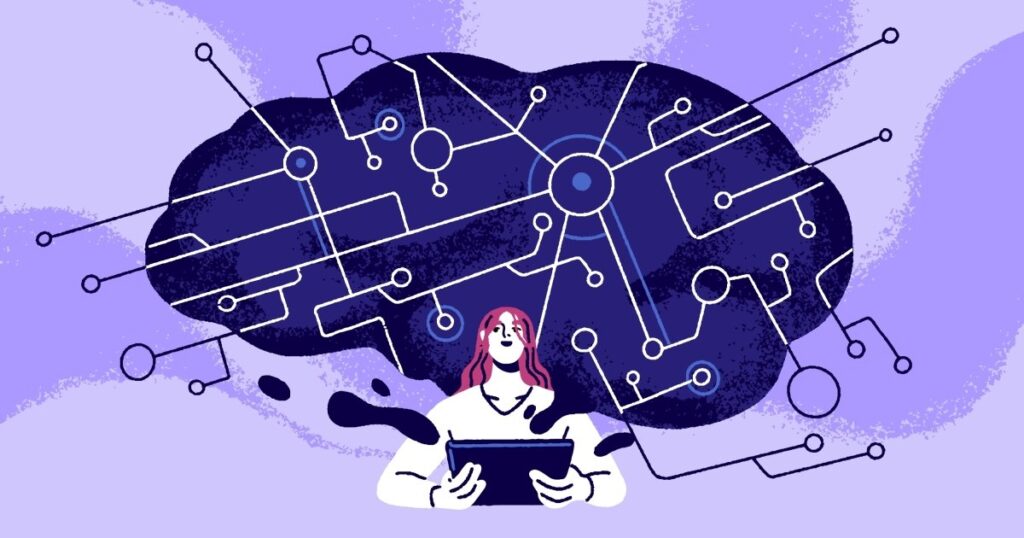Today we celebrate International Youth Day, a moment dedicated to amplifying the voices of young individuals and promoting initiatives that foster their meaningful engagement in society. This year’s theme is “From Clicks To Progress: Youth Digital Pathways For Sustainable Development,” which honors digital innovation aimed at addressing some of the world’s most urgent issues while advancing the UN Sustainable Development Goals.
The Member of European Parliament Enheduanna emphasizes the critical role technology plays in promoting gender equality and empowering women in the Middle East and North Africa, alongside contributions from Global Fellow Sola Mahfouz, entrepreneur Maryam Hassani, and academic Bassant Hassib.
Expanding Accessibility
It is widely recognized that both traditional and modern technologies can significantly empower women. Historical advancements, even in simple appliances like dishwashers, have provided women with more time to engage fully in societal activities by lessening the burden of unpaid domestic labor. With increased free time and better access to education, economic opportunities, and civic involvement, technology creates new avenues for women’s empowerment.
Information and Communication Technologies (ICTs), such as mobile phones, have long served as tools to enhance women’s access to vital knowledge, services, and opportunities once beyond their reach. For example, women in Lebanon are securing remote positions as web developers after completing online ICT training, while in Jordan, community organizers in the Za’atari refugee camp utilize WhatsApp to disseminate essential health information.
Despite the fact that the MENA region has the lowest representation of women in technology—where women’s participation in ICT remains below 50% in 16 countries—there are positive trends emerging. Innovative technologies such as AI can further diminish barriers to workforce entry for women.
Maryam Hassani illustrates how AI can assist female entrepreneurs in “developing their concepts, cutting costs, and boosting efficiency.” Tasks that previously required teams of software engineers can now be executed using generative AI tools like Codestral or her venture, Zealous TenX. In a region where merely 19% of women are part of the workforce, the effective application of AI holds substantial promise for enhancing women’s entrepreneurial efforts and scaling workforce development programs.
Technology also plays a vital role in fostering progressive gender norms. Beyond its economic advantages, technology enhances women’s access to information, potentially promoting greater political and civic involvement. It offers women a space to find community, which helps raise awareness and build confidence. As engagement with technology grows, it can gradually redefine societal standards and empower women to challenge traditional gender roles.
Challenges to Women’s Access to Technology
Even though the digital gender gap in MENA is narrowing (from 14% in 2019 to 10% in 2023), entrenched gender norms and the structures of technology still pose significant limitations to access and use.
MEP Global Fellow Sola Mahfouz sheds light on the biases inherent in AI data and their potential implications. “As an Afghan, I’ve noticed the lack of data about Afghans in English. How can we ensure accurate representation when the data is inadequate? How does AI perpetuate this issue?” she questions.
Another considerable obstacle to women and girls’ full access to digital spaces is technology-facilitated gender-based violence (TF-GBV). Bassant Hassib highlights the serious impact of prevalent forms of TF-GBV in MENA, including cyber catfishing, cyber (s)extortion, and revenge pornography, all of which cause significant harm to women, girls, and LGBTQ+ individuals. A 2022 survey by UN Women indicated that nearly half of female internet users felt unsafe due to online harassment. This toxic digital landscape creates a gendered “chilling effect,” leading women to self-censor or withdraw from online environments to evade violence, thereby hindering their full engagement in increasingly digital civic, political, and economic spaces.
TF-GBV can also be perpetrated by state actors, as demonstrated by Rachel George’s investigation into how the Iranian government has employed AI technologies to intensify surveillance of Women, Life, Freedom protestors. The use of AI for state-sanctioned gender oppression raises urgent questions about regulation and the dual-use nature of technology.
In an era where technology permeates governance, business, and social contexts, ensuring women’s complete access to these technological resources is essential. As technology continues to evolve rapidly, it brings along new opportunities and threats for women and gender minorities alike. Responsible management, marked by accountability and inclusivity, of these technological advancements is not just a moral obligation; it is a fundamental right. Such stewardship is crucial to unlocking the diverse potential of technology for a brighter, more gender-equal future for all.
Special thanks to Seda Gunes for her contributions to the research for this article.
The views expressed in this piece are those of the author and do not reflect the official position of the Wilson Center.


